Neustadt
If you hike anywhere in southwest Germany, you are bound to come across Neustadt sooner or later – most likely to change trains or to take a bus, because it is the main hub of the local public transport network.
The temptation is to leave it at that, possibly based on earlier experiences with other “new towns”, but bear in mind that “new” is a relative term. The “new” in Neustadt, for example, was added to distinguish the town from the local count’s other, older residence – in the early 12th century.
So despite its name, Neustadt is a place rich in architectural history. If you like ancient timber-framed houses, you have come to the right place. Neustadt is a new town but not as you know it
Much of the town’s other history is connected with France. Neustadt may look like a picture-book German town, but for twenty years – under Napoleon – it was part of the French département Mont du Tonnere.
Hundred years before that, the conquering French troops of another war (the Palatinate Wars of Succession, since you ask) liked it so much that they used it for their local garrison – and it became the only town in the area that was spared from total destruction.
You get a pretty good feel for the place by slowly strolling across the central market square.
The Scheffelhaus, now a cafe restaurant, is a former bookshop and was, in the early 19th century, a meeting place for “dangerous elements of the left” aka anti-clericals, liberals and republicans. In 1832, people met here before they marched to near-by Hambach Castle for a republican rally, one of the key events in liberal German history.
The Steinhäuser Hof is an assembly of houses that date back to the Middle Ages: that’s how wealthy townspeople would have lived nearly 1000 years ago. The oldest element of this group, the “Gothic House”, has been dated back to 1276 (scientifically, by establishing the age of the wood) – which makes it one of the oldest surviving private residences in Germany. The building now accommodates the “Haus des Weines”, the House of Wine.
Wine is pretty big in Neustadt, which is the second largest wine-growing town in Germany, only a few wine rows behind Landau. Actually, the full name of the town is “Neustadt an der Weinstraße”, Neustadt on the Wine Road (to distinguish it from a dozen other Neustadts in Germany), the famous tourist trail along the vineyards of southwest Germany with a slightly dodgy past. (The Deutsche Weinstraße was invented by the Nazi government in 1935 to boost the area’s economy after the end of the French occupation.)
Finally, a contemporary note in Neustadt’s townscape: the Elwetritschen fountain created by the local sculptor Gernot Rumpf in 1978. “Elwetritschen” are mythical flightless birds “of the area”, the outcome of some beastly business between chickens or geese and elves. Unseemly as the thought may be, the result is strangely compelling to watch.

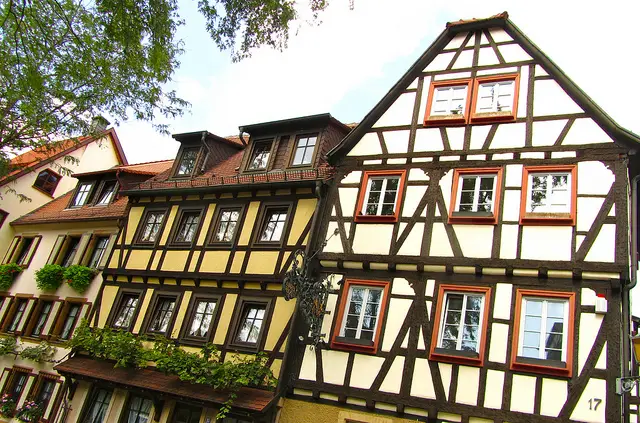


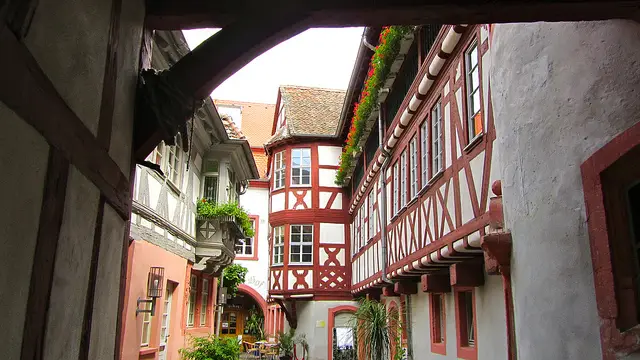
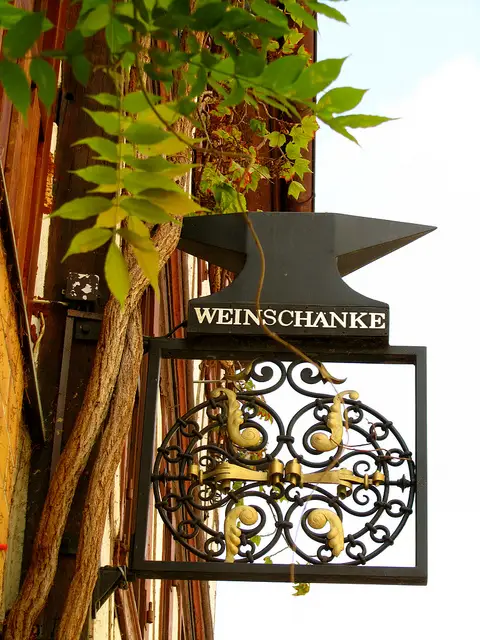
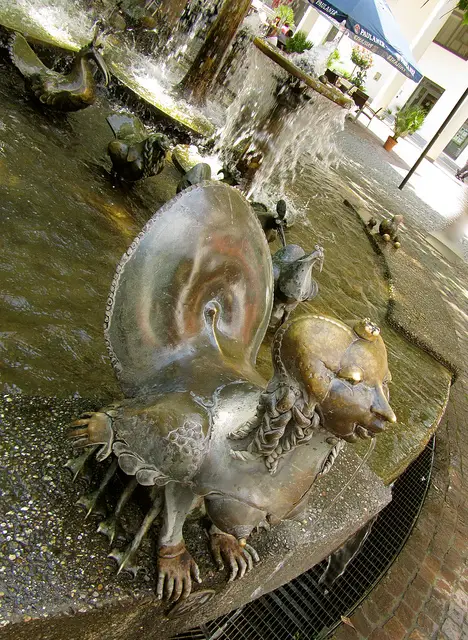

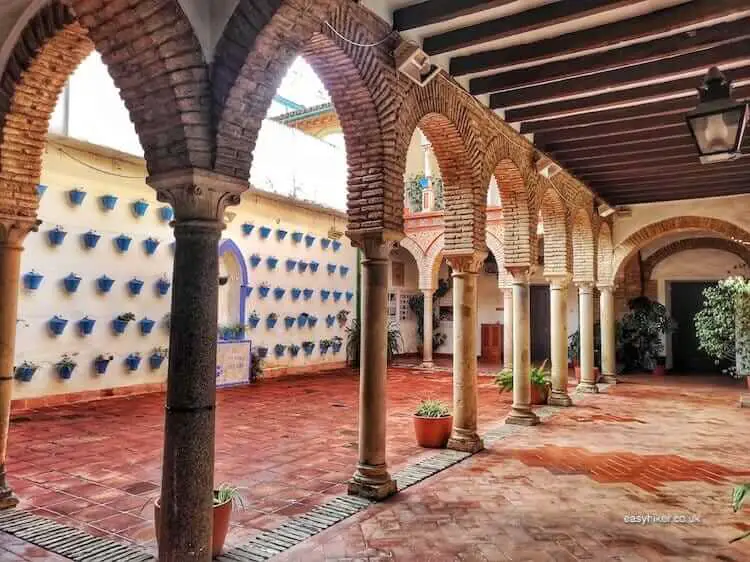
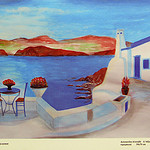
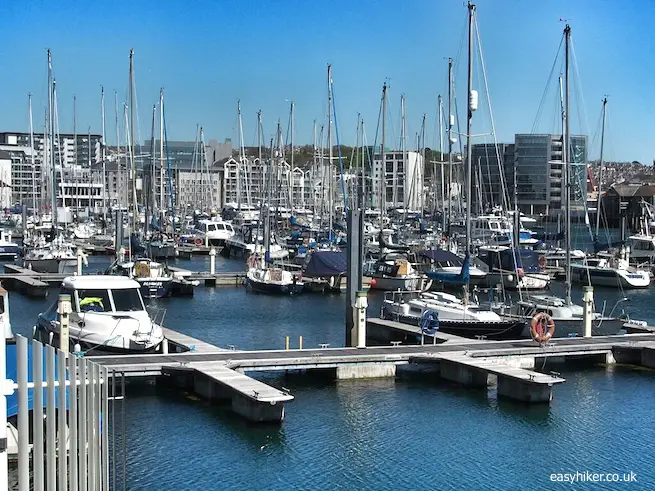
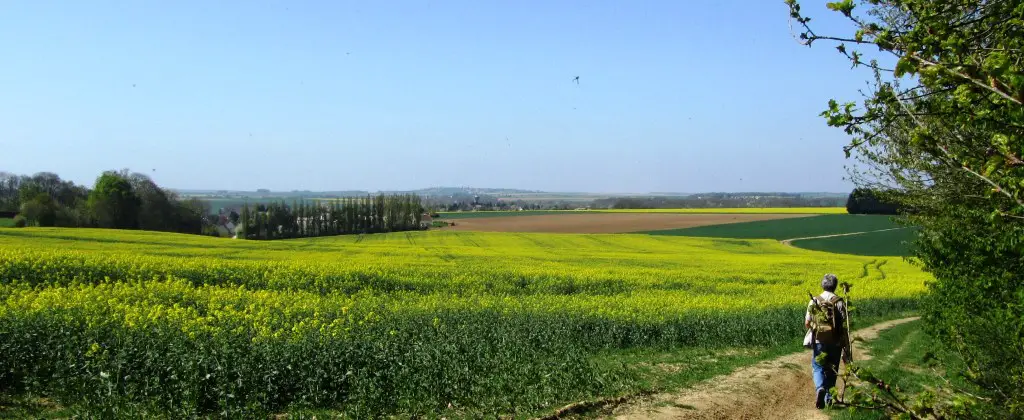

Yes, architecture and colours, especially the orange ones, look lovely in NeuStadt! Ja, Architektur und die Farben scheinen wunderbar in Neustadt!
A very beautiful old New Town with beautiful architecture – love those timber frame houses (just occurred to me that I didn’t know what that was on the houses and there was the answer in the next sentence). And they have wine too!
This is in the Palatinate, Andrew.
Which Neustadt is that? Neustadt im Schwarzwald? There are a lot of New-Towns in Germany. Neat look at this one though.
So cute! You know I love places like this. :)
Sounds like a really cool little town. You had me at wine! I’ll have to check out how far this is from us.
Yes, Christine, this corner of Germany is very charming in terms of architecture.
Haha… so a new old town! I like that! Architecture looks lovely!